In the Comments Below: Let Us Know Your Ideas for Projects that Involve Music and Clocks!
Contest Details:
The theme this month is Music Time. You can build any projects involving clocks and musical instruments. The theme combines two things dear to the heart, music and timepieces. Your projects can involve building your own musical instruments such as theremins, guitar synths, e-bows, musical motion clocks, music themed clocks, musical instruments based on clocks, flute playing instruments and clocks, and more.
Submit Your Projects Here:
The relationship of music and clocks can be traced to automatic musical instruments that had musical instruments built into the clocks. Initially, these consisted of chimes or psaltery-harp clocks that could only play simple melodies due to their limited range of sound. In the 18th century serinettes, or bird organs, became popular. A serinette is a type of mechanical musical instrument that consists of a small barrel organ. Its name was derived from the French serin, meaning “canary and they were used to teach canaries how to sing. They come equipped with everything that makes up an automatic musical instrument: a drive (hand crank), a sound carrier (pinned barrel), and sound cources (pipes). The hand crank drives both the barrel and the pump. The pinned barrel is sensed by small levers which are attached to valves. If a lever is raised by a pin, the valve opens and compressed air streams into the corresponding pipe.
This would eventually lead to the development of flute-playing clocks driven by weights and a clockwork with additional flute pipes. Reproduction of melodies became more and more precise with improved pin barrels and sensing mechanisms. Famous composers such as Mozart, Handel, Haydn, and Beethoven wrote music especially for flute playing clocks. Among the enthusiastic collectors of flute playing clocks were the likes of Frederick the Great and Napoleon.
The thereamin is basically a clock circuit controlled by a large capacitor. Its made with vacuum tubes and everything. The large capacitors capacitance is changed by moving ones hand closer or further away from the plate. This changes the frequency of the clock circuit and is outputted as noise. The theremin is distinguished among musical instruments in that it is played without physical contact. The thereminist stands in front of the instrument and moves their hands in the proximity of two metal antennas. The distance from one antenna determines frequency (pitch), and the distance from the other controls amplitude (volume). Higher notes are played by moving the hand closer to the pitch antenna. Louder notes are played by moving the hand away from the volume antenna.
Musical clocks are clocks that mark the hours of the day with a musical tune. They can be considered elaborate versions of striking or chiming clocks. Elaborate large-scale musical clocks with automatons are often installed in public places and are widespread in Japan. Unlike conventional electronic musical clocks, these clocks plays pre-recorded music samples, instead of using programmed sound synthesis.
Here are some projects to inspire you:
Old fashioned Japanese Music Box by Workshopshed
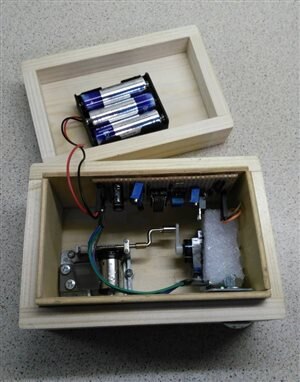
A Simple Arduino Music Box by jc2048
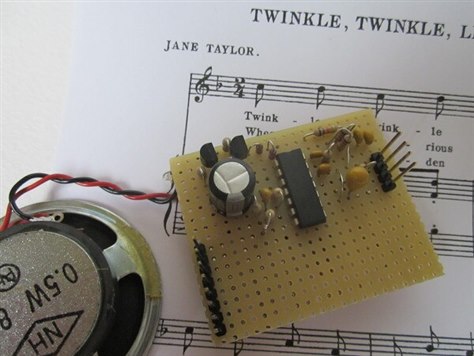
Vintage Toy Synthesiser by liamtmlacey
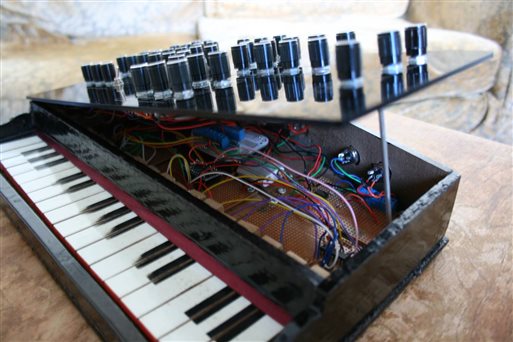
The IOT Wind Chimes by fmilburn
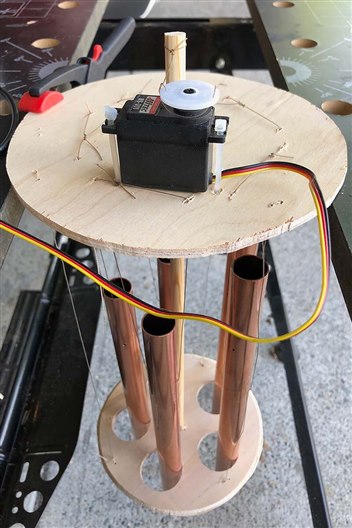
Dum-De-Dum, the Cardboard Drum! by balearicdynamics
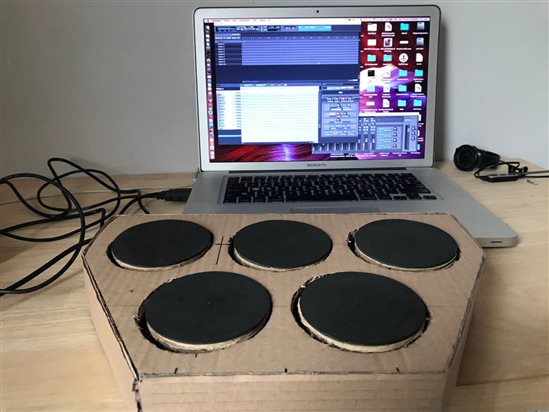
Your Chance to Win
| Be Original |
Stick to the Theme |
|---|---|
|
|
| List the Steps |
Submit Video Proof |
|
|
Your Prizes
| One Grand Prize Winner Wins a $200 Shopping Bundle | Three First Place Winners Win a $100 Shopping Cart |
|---|---|
|
|
 |
 |
Some Terms & Conditions Apply: Music Time Terms & Conditions
Your Project, Your Ideas!
| About Project14 |
Directions |
|---|---|
|
Every month you'll have a new poll where you'll get to decide an upcoming project competition, based on your interests, that will take place a couple of months in advance. Themes are broad in scope so that everyone can participate regardless of skill set.
What are Monthly Themes?
What are Monthly Theme Polls?
|
Step 1: Log in or register on element14, it's easy and free. Step 2: Post in the comments section below to begin a discussion on your idea. Videos, pictures and text are all welcomed forms of submission. Step 3: Submit a blog post of your progress on your project by December 19th. You are free to submit as many blog entries as you like until the beginning of the next theme.
Be sure to include video proof of your project!
Visit: Music Time or tag your project blog musictimech
You have until April 14th End of Day to submit your completed project!
A jury consisting of your peers will judge project submissions! |

Top Comments